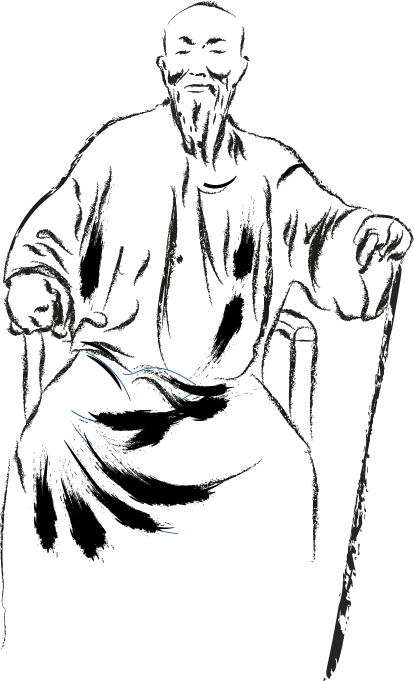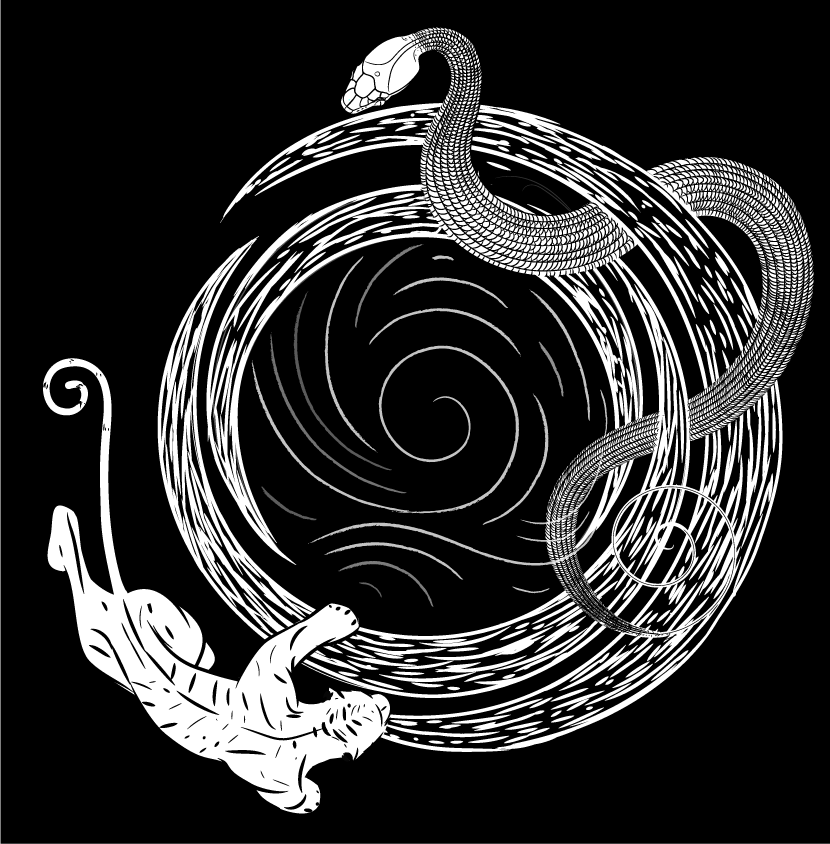A brief history
Xingyiquan 形意拳 (literally form/shape intention boxing) , along with many other Chinese martial arts has a mythological origin, that does not necessarily match with the historical origin. The historical origins are not entirely clear, but there are some broad strokes that are largely agreed upon.
Mythologically Xingyiquan was created by the great Song dynasty military General Yue Fei 岳飛 .
Attachment to historical figures like this gives arts a kind of respectability that they might not have otherwise.
But such myths do more than offer respectability, they weave the art into the culture and into stories that are ways of transmitting knowledge metaphorically from generation to generation.
Xingyiquan is often said to have military origins. The empty hand movements may be derived from spear drills – and the spear was the primary weapon of most soldiers. It is inexpensive (a knife/spike on a stick) and long. The linear quality of Xingyi makes it suitable for fighting in ranks where you had comrades on either side of you. Turning, spinning or going backward are not very good options in such a context.
More recent history
The style that we practice is Hebei style Xingyiquan. There are also Henan and Shanxi styles as well as Xinyi quan (心意拳 – literally heart intention boxing). The different branches are related but have some differences in their forms, and flavours.
More verifiable history starts with Ji Longfeng 姬龍峰 1588–1662 also known as Ji Jike 姬際可 Ji was a master of spear fighting from Shanxi province. He is said to have adapted the spear techniques to empty-handed methods for use in peacetime and have named the art Liuhe 六合, six harmonies.
Two famous students of Ji Longfeng were Cao Jiwu 曹繼武 and Ma Xueli, who went on to teach and develop the art further.
One of Cao Ji Wu’s students, Dai Long Bang 戴龍邦, is credited with further developing the art and writing the classics of the style.
Dai Long Bang then transmitted the art to Guo Weihan who passed it down to Li Luo Neng, also known as Li Neng Ran, who was a renowned exponent of Xingyiquan and was nicknamed “Divine Fist Li”.
Li Luo Neng became one of the most influential practitioners of Xingyiquan in the late Qing Dynasty, and he had many famous students.
His art passed via Liu Qilan 刘奇兰 to Li Cunyi 李存义 who was born in Hebei province in 1847.
Li Cunyi taught Zhang Zhunfeng 張俊峰 while they were in Tianjin.
Zhang taught Hong Yixiang 洪懿祥 1925-1993 who is Luo Dexiu’s teacher 羅德修 who in turn taught me.
Welcome to the line!

Li Cunyi

Zhang Junfeng

Hong Yixiang

Luo Dexiu



Leave a Reply